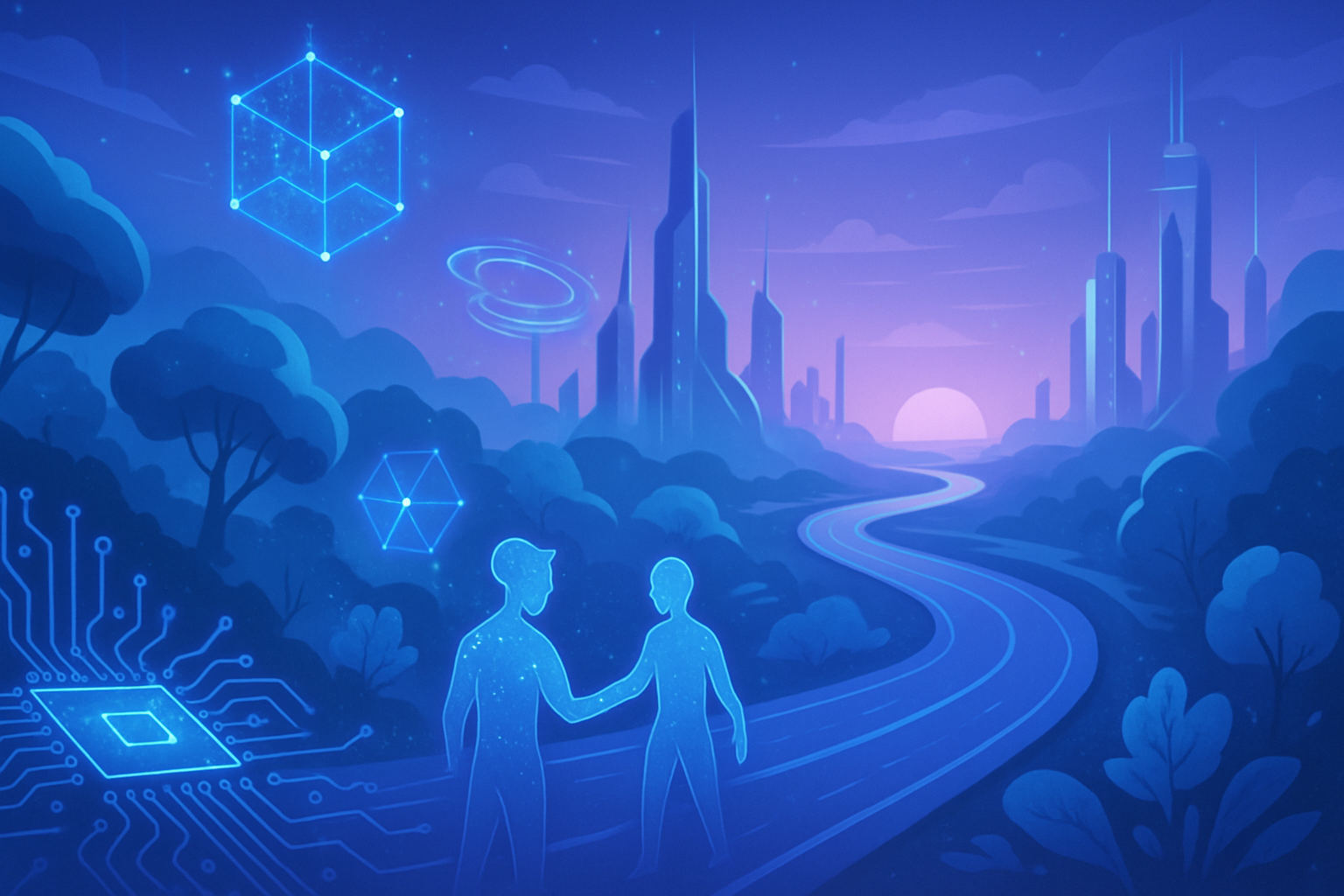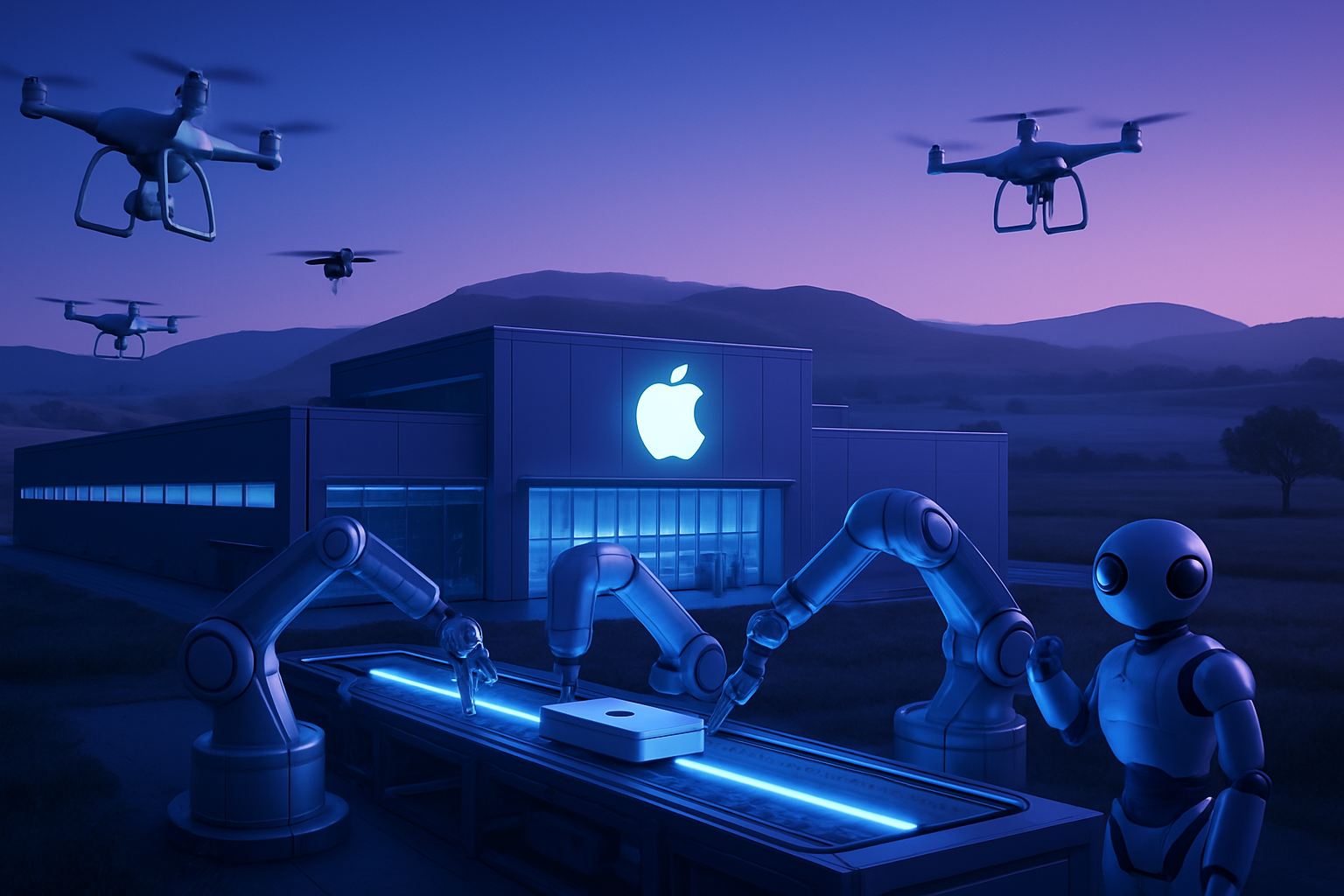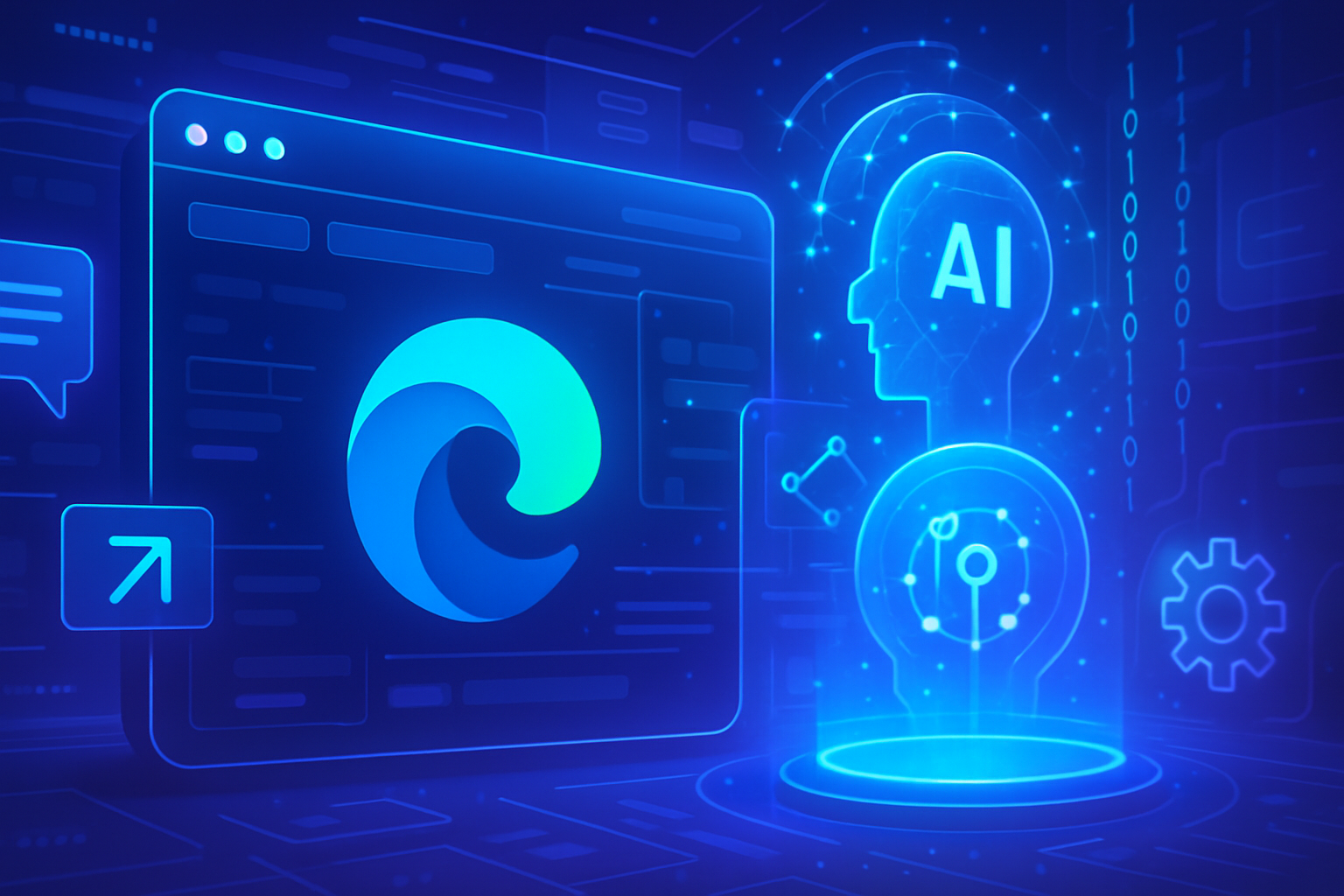OpenAI’s AgentKit embodies a clear advancement towards intelligent automation. However, the design of AI agents remains a challenging journey. This new digital arsenal proves promising, but many challenges persist.
The simplicity of creating workflows through AgentBuilder is intriguing, but its effectiveness remains to be evaluated. Technical limitations still permeate this innovative tool, requiring a rigorous understanding.
The quest for performance in integrating AI agents and deploying them reveals a complex landscape to navigate. A unique potential exists, but the obstacles to its utilization require special attention.
AgentKit: A Promising Tool from OpenAI
AgentKit, the new suite of tools developed by OpenAI, generates considerable interest within organizations. Unveiled on October 6, this interface allows users to create, deploy, and optimize AI agents intuitively. Its first component, AgentBuilder, resembles platforms like n8n or Zapier, enabling the creation of workflows through simple drag-and-drop methods.
AgentBuilder and its Capabilities
With AgentBuilder, users benefit from a user-friendly interface optimized for quick debugging. Results can be visualized instantly through a preview function. Access to diverse connectors, including guardrail modules, secures the operation of AI agents. These features make the tool particularly suitable for businesses looking to integrate AI into their processes.
Email Integration and AgentBuilder’s Functionality
The test conducted on AgentKit demonstrates AgentBuilder’s effectiveness in managing emails. The designed agent must understand natural language queries, interact with the Gmail API, search for specific messages, and present these results to the user. The process begins with accessing the Agent Builder, currently in beta and only available to developers with a valid OpenAI account.
The creation of a workflow starts by adding nodes via the menu. A simple workflow is developed with two nodes, one being a “Gmail Search Agent.” With precise instructions, this agent simplifies email searches by transforming user requests into appropriate Gmail queries. The structure of the results aims to be clear and professional.
Deployment and Limitations of AgentKit
To publish a workflow, OpenAI offers various deployment options. SDK agents primarily cater to developers, while ChatKit offers a more accessible approach. The latter allows the integration of a chat widget directly onto websites. Despite some technical complexity, the beginnings of an effective development environment seem promising.
Setting up a backend server, associated with a React frontend, facilitates communication between these two elements. However, stability issues persist with AgentKit. At present, access to certain features, such as workflow-based chat, remains problematic.
Overall Evaluation of AgentKit
AgentKit’s performance makes it a robust SDK for developing AI agents. The results obtained with AgentBuilder reveal remarkable functioning. However, the transition to production uncovers challenges. Users report difficulties in documenting and deploying the agents, making the experience occasionally frustrating.
AgentKit does not aim to replace tools like n8n or Zapier. Its unique proposition is to democratize the creation of AI agents to effectively meet the needs of medium-sized enterprises. In the meantime, its future potential remains promising, especially in the coming months, as documentation and tool stability are expected to improve.
Perspectives and Innovations
The dynamics of the AI agent market focus on diverse applications, ranging from call centers to customer service platforms. Companies are questioning the impact of automation, as highlighted in recent analyses. The heightened competition among giants like Google and Microsoft intensifies this technological battle, with increasing attention on the emergence of no-code agents.
Innovations, such as open-source development and the adoption of agents via MCP connectors, enhance interest. Other strategic influences observed across numerous sectors will also help define the evolution of this technology. A future rich in changes lies ahead, with significant stakes for businesses seeking to create an intelligent agent capable of responding quickly to their customers’ needs.
Frequently Asked Questions
What is OpenAI’s AgentKit?
AgentKit is a suite of tools developed by OpenAI to create, deploy, and optimize intelligent agents, facilitating the connection of applications and data flow management.
How does AgentKit simplify the creation of AI agents?
AgentKit uses an intuitive user interface, allowing users to create workflows through drag-and-drop. This approach simplifies connecting different digital “building blocks” without requiring advanced programming skills.
What are the main components of AgentKit?
AgentKit primarily consists of three tools: AgentBuilder for creating workflows, ChatKit for establishing customizable chat interfaces, and Connector Registry for managing data within agent workflows.
Who is AgentKit designed for?
AgentKit is primarily aimed at users, including developers and companies looking to design custom AI agents for specific medium-sized use cases.
What are the current limitations of AgentKit?
Currently, limitations include restricted access to certain features, insufficient documentation regarding ChatKit, and deployment issues faced by some users, making production more challenging.
How to deploy an agent created with AgentKit?
Deployment can be done via SDKs for developers or by integrating a chat widget on a website using ChatKit, although the latter option may require technical configurations.
What types of connections can be made with AgentKit?
AgentKit allows various online services to be connected through connector modules, facilitating interaction between APIs like that of Gmail during email searches.
Is access to AgentBuilder required to have a specific account?
Yes, to access AgentBuilder, it is necessary to have an account on OpenAI’s developer platform, with valid API access and billing information.
How is result validation done during workflow creation?
AgentKit offers an integrated preview function that allows for instant validation of a workflow’s result before publication.
What are the expected developments for AgentKit?
OpenAI plans to improve AgentKit, particularly by enhancing the stability of ChatKit and enriching the documentation to optimize the user experience.






